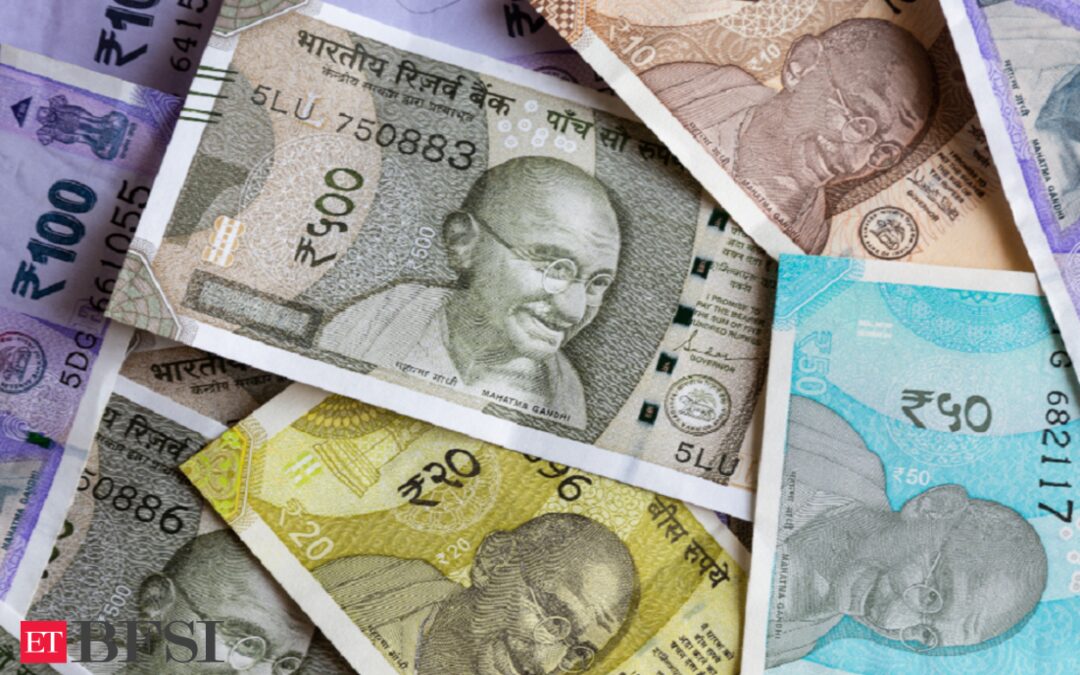The Indian rupee declined to its weakest level on record on Thursday due to outflows from local stocks, which were dragged by a slump in Adani group shares, while uncertainty about the Federal Reserve’s path to lowering policy rates also weighed.
The rupee closed at its all-time low of 84.4925, down nearly 0.1% on the day.
Foreign outflows from local equities hurt the rupee on Thursday as India’s benchmark stock indexes, the BSE Sensex and Nifty 50 fell 0.5% and 0.7%, respectively, pressured by sharp declines in Adani group company shares.
Stocks of the group’s listed firms fell after U.S. authorities indicted billionaire Gautam Adani for his alleged role in a $265 million scheme to bribe Indian officials.
The group’s flagship company, Adani Enterprises ended the session lower by more than 20%.
Foreign banks were spotted bidding for dollars aggressively, likely on behalf of custodial clients, while the RBI’s dollar-selling intervention helped offset some of the pressure on account of outflows, traders said.
The dollar index was nudged higher to 106.7 after snapping a three-day losing streak on Wednesday as investors awaited clarity on U.S. President-elect Donald Trump’s proposed policies and gauged an uncertain outlook for the Fed’s benchmark interest rates.
Odds of a December rate cut by the Fed declined to about 55% from 72% a week earlier, according to CME’s FedWatch tool.
Asian currencies were mixed, with the Indonesian rupiah declined nearly 0.4% to its lowest in three months while the Malaysian ringgit rose 0.3%.
Portfolio outflows, persistent dollar strength and some concerns about a slowdown in the Indian economy are likely to keep the rupee on a path of gradual depreciation, Dilip Parmar, a foreign exchange research analyst at HDFC Securities said.
Meanwhile, investors will also track geopolitical risks from the Russia-Ukraine conflict after Russia launched an intercontinental ballistic missile during an attack on Ukraine on Thursday.










